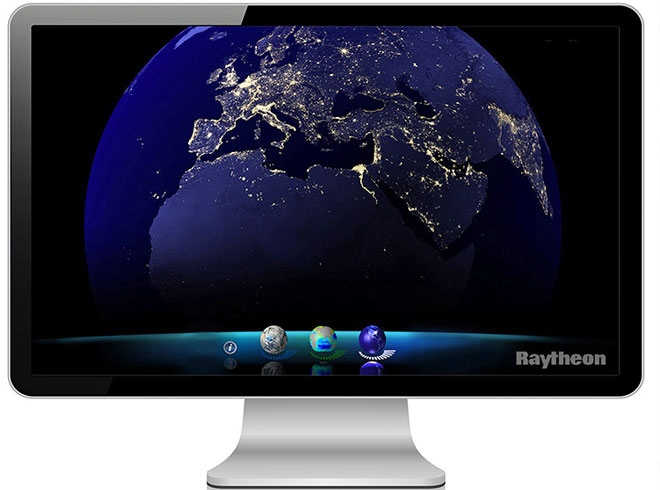
Early on the morning of Saturday, Nov. 18, NASA successfully launched for the National Oceanic and Atmospheric Administration (NOAA) the first in a series of four advanced polar-orbiting satellites, equipped with next-generation technology and designed to improve the accuracy of U.S. weather forecasts out to seven days.
Two Raytheon weather programs are critical mission-components of the satellite’s mission.
The JPSS Common Ground System, and the Visible Infrared Imaging Radiometer Suite sensor, both weather programs by Raytheon, are mission-critical components of the satellite’s mission.
(The Joint Polar Satellite System-1 (JPSS-1) lifted off on a United Launch Alliance Delta II rocket from Vandenberg Air Force Base on California’s central coast. JPSS-1 data will improve weather forecasting and help agencies involved with post-storm recovery by visualizing storm damage and the geographic extent of power outages. Courtesy of NASA and YouTube. Posted on Nov 18, 2017)
JPSS CGS, a global system of ground antennas and high-performance computers, provides the mission planning and command and control once in space.
Recently upgraded, the JPSS CGS 2.0 delivers observations to NOAA’s National Weather Service almost 50 percent faster than before.
(From satellite instruments to ground stations, watch how Raytheon collects environmental intelligence. Courtesy of Raytheon and YouTube)
“Every day, thousands of decisions depend on accurate weather forecasting and environmental monitoring,” said Matt Gilligan, vice president of Raytheon’s Navigation and Environmental Solutions.

VIIRS instrument is ready for the extreme temperatures and vacuum of space.
(Image courtesy of Reuben Wu)
“Our latest generation Common Ground System has been fully operational since August, and it’s ready to support the new JPSS-1’s mission as part of the growing polar satellite constellation.”
“The new ground system significantly improves the mission capabilities of the JPSS program.”
“It can handle even more data from the full constellation of satellites now and in the future.”
Once in space, Raytheon’s VIIRS sensor, one of six on the JPSS-1 satellite, will collect imagery in 22 bands of light—from visible to infrared—allowing scientists to observe emerging weather and climate patterns in unprecedented detail.

Airborne Systems (Image courtesy of NASA)
The sensor’s low light imaging day-night band provides invaluable imagery, supporting mission area domain awareness and disaster monitoring and management.
“From 500 miles up in space, VIIRS is changing the way we see Earth,” said Robert Curbeam, director of Civil Space programs for Raytheon’s Space and Airborne Systems business.
“Its value goes well beyond weather forecasting.”
The JPSS-1 satellite joins its predecessor, Suomi National Polar-orbiting Partnership satellite, in circling the Earth pole-to-pole 14 times a day, providing full global coverage and contributing data into the U.S. weather forecast models.

System Common Ground System station. (Image courtesy of Raytheon)
Those models are the basis for three- to seven-day forecasts that save lives, protect property and decrease the negative impact of severe weather.
Beyond forecasting, VIIRS captures and JPSS CGS processes and distributes measurements of atmospheric temperature and moisture, which are critical to volcanic ash, wildfire, and drought monitoring.
Raytheon works in partnership with NOAA to create a more ‘Weather-Ready Nation.’
Click here to learn more about Raytheon’s Weather-Ready Nation Training Modules.
















